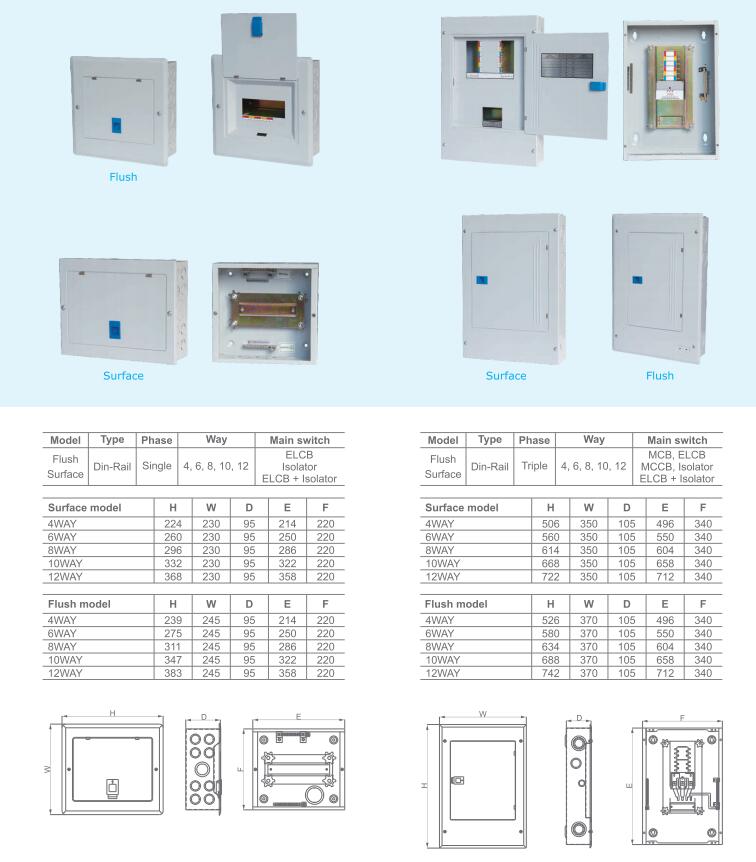- English
- Español
- Português
- русский
- Français
- 日本語
- Deutsch
- tiếng Việt
- Italiano
- Nederlands
- ภาษาไทย
- Polski
- 한국어
- Svenska
- magyar
- Malay
- বাংলা ভাষার
- Dansk
- Suomi
- हिन्दी
- Pilipino
- Türkçe
- Gaeilge
- العربية
- Indonesia
- Norsk
- تمل
- český
- ελληνικά
- український
- Javanese
- فارسی
- தமிழ்
- తెలుగు
- नेपाली
- Burmese
- български
- ລາວ
- Latine
- Қазақша
- Euskal
- Azərbaycan
- Slovenský jazyk
- Македонски
- Lietuvos
- Eesti Keel
- Română
- Slovenski
- मराठी
- Srpski језик
What is an electrical distribution box?
2023-12-12
An electrical distribution box, also commonly referred to as an electrical distribution board, electrical panel, or breaker box, is a component of an electrical system that divides electrical power into subsidiary circuits. Its primary function is to distribute electrical power to different areas or devices within a building or industrial facility. Here are the key aspects of an electrical distribution box:
Incoming Power Connection:
The distribution box receives incoming electrical power from the main power supply or utility grid. This incoming power is often at a higher voltage, and the distribution box is designed to manage and distribute it safely.
Circuit Breakers or Fuses:
The distribution box contains circuit breakers or fuses that control and protect individual circuits. These devices are designed to interrupt the flow of electrical current in the event of a fault or overload, preventing damage to the wiring and connected devices.
Distribution of Power:
The distribution box has multiple branches or circuits that supply power to different areas or devices within a building. Each circuit is protected by its own breaker or fuse, allowing for individual control and protection.
Busbars:
Busbars are conductive metal strips or bars within the distribution box that distribute electrical power to the various circuit breakers. They serve as a common connection point for the incoming power and the outgoing circuits.
Grounding and Bonding:
The distribution box includes provisions for grounding and bonding. Grounding is a safety measure that provides a path for fault currents to safely dissipate into the ground. Bonding ensures that all metal parts within the electrical system are connected to the ground to prevent electric shock hazards.
Labels and Markings:
Distribution boxes are typically labeled to indicate the purpose of each circuit and the type of devices it serves. This helps electricians and maintenance personnel identify and troubleshoot electrical issues.
Enclosure:
The distribution box is housed in an enclosure, which can be made of metal or other materials. The enclosure provides physical protection and safety, preventing accidental contact with live electrical components.
Accessibility:
Distribution boxes are designed to be accessible for maintenance and inspection. This includes features such as removable covers or doors that allow authorized personnel to access the internal components.
Electrical distribution boxes are crucial components of electrical systems, serving as central points for managing and controlling electrical power within buildings and industrial facilities. They play a key role in ensuring the safety, reliability, and efficient distribution of electrical energy.





